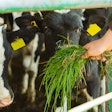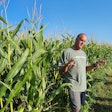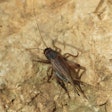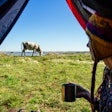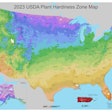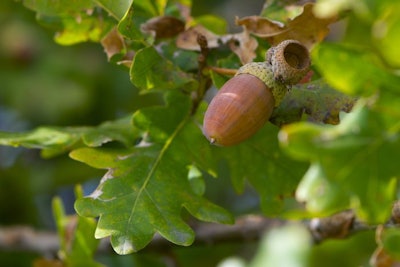
With fewer boar to eat acorns, twice as many oak trees were produced in a Polish forest, researchers say.
African swine fever (ASF) is a devastating disease for pigs and the people who raise them, but could it be a good thing for forests?
A recent study found that an outbreak of ASF among wild boar in a Polish forest led to the growth of more oak trees there.
At first glance, it might sound like the two couldn’t possibly be related, but a team of researchers may have made the connection. Wild boars eat just about anything – including acorns – so when there are fewer boars in an area like, say, a forest, more acorns have the chance to establish themselves and grow into trees.
Researchers counted the number of acorns produced by 29 trees between 2009 and 2020. They noted that acorns make up approximately 70% of a wild boar’s diet, and that oak trees do not produce acorns every year but rather every few years, along with the others around them. This plant strategy, called “masting,” ensures that, in the years when the acorns are produced, there are so many that they have a better chance to produce trees despite animals eating some of the acorns.
But, during the 2015 outbreak of ASF in the Białowieża Forest in Poland, approximately 90% of the wild boar in the area died, allowing approximately twice as many acorns to establish themselves in the ground.
In scientific terms, according to the research article published by Michał Bogdziewicz at Adam Mickiewicz University in Poznań, Poland, and his colleagues in Proceedings of the Royal Society B: “Tree seedling data indicated that oak recruitment increased twofold relative to pre-epidemic period. Our results showed that perturbations caused by wildlife disease travel through food webs and influence forest dynamics. The outbreak of ASF acted synergistically with masting and removed herbivore top-down control of oaks by mobile consumers. This illustrates that the ASF epidemic that currently occurs across Europe can have broad effects on forest dynamics.”
Experts say this outcome could have long-lasting effects.
“The paper expands on the classic disease triangle of disease, host and environment to consider the knock-on impacts of the disease on other organisms in the environment,” said Alison Dyke at the U.K.’s University of York, in a New Scientist article. “No doubt, the cascading effects of reduction in wild boar numbers and increases in oak recruitment will continue to play out for many years.”
It would seem that Bogdziewicz and his fellow researchers have found a silver lining in the ASF cloud.









